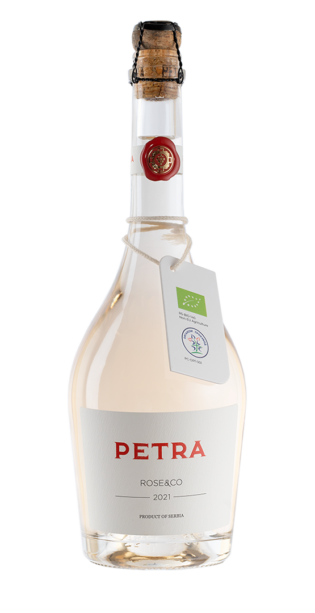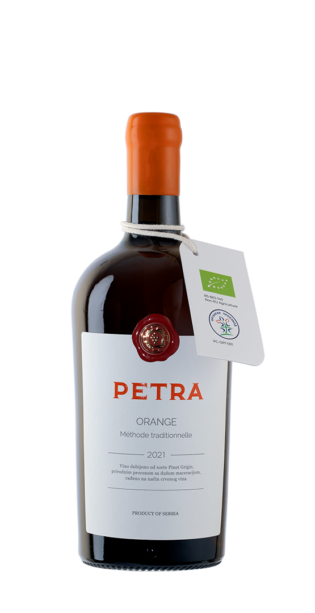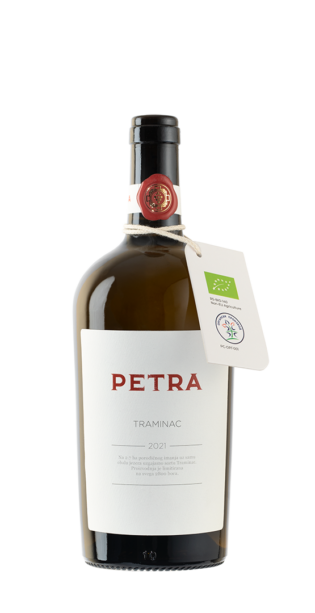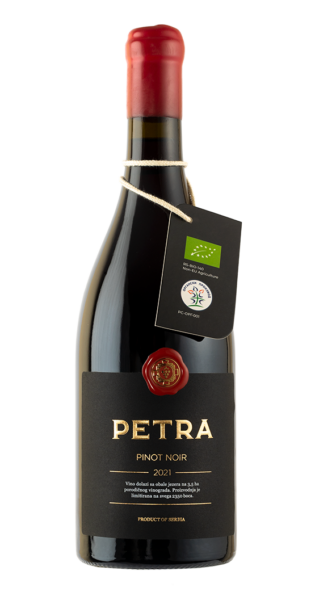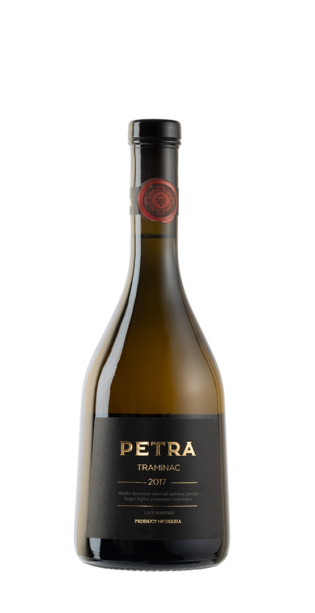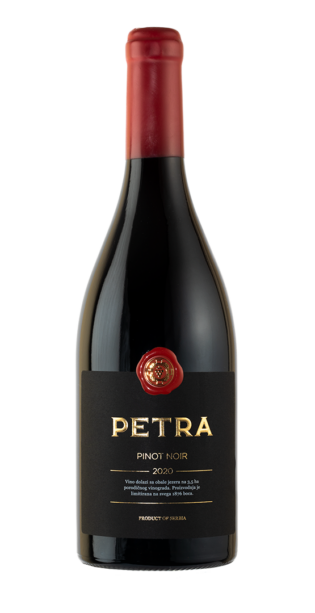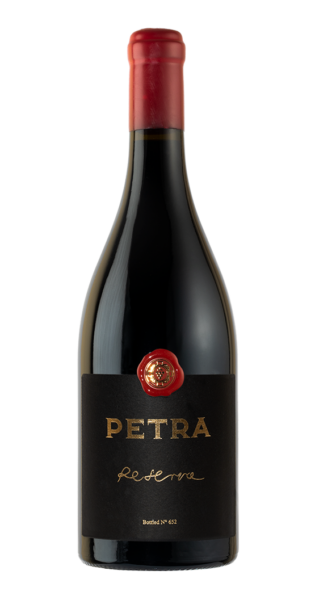P a r k a n d g a r d e n s
“When we spend a sunny and beautiful day in nature, alone or in company, we absorb the views, the wind, the distances, a part of the sun’s path, and the thoughts brought by the calm of the day. In the evening, we return to our city, enriched, heavy as a bee loaded with nectar and pollen, we feel strong and free, above everything that binds us to known things, people, and occasions, as peaceful winners, free of wounds, free of bitterness, and with an outlook of a long-lasting peace ahead.”
“Signs by the Roadside”, Ivo Andrić
VISION
The entire PETRA family winery estate was designed in such a way that the vineyard, facilities and park form an entity. They complement, emphasize, and create a unique and inseparable whole. The entire complex was formed on the eastern shore of Lake Palić, on endless plowed fields, carefully selected location (back in 2003).
HOW IT ALL BEGAN?
Ten hectares of intensively cultivated agricultural land were converted for new purposes. It was taken into account to, apart from growing vines, pay tribute to such quality land and its position. What is a more beautiful way to highlight the natural richness of a terrain than planting a magnificent park, planned to stay there for centuries?
That was how it all began… the park’s planting began even before the construction of any building and planting the first vine.
THE GATE
The pillars of the gate, in the openings of which are panels of wrought iron in the same style, allow a view
through which the vineyards can be glimpsed and continue to the fence overgrown with ivy (Hedera
helix). The pillar bears the family coat of arms and the inscription: “Nunc porta… PETRA praedium
domus” – You are at the gate of the family home. (prime author.)
The main avenue is highlighted by a row of 70 plane trees (Platanus x acerifolia) on both sides, between which there is an equal number of thuja trees (Thuja orientalis) formed into perfect green pyramids. The roadway is made of white crushed stone – crackling under the wheels, leaving behind a gentle cloud of dust crossed by the sun’s rays in the background.
The main avenue is highlighted by a row of 70 plane trees (Platanus x acerifolia) on both sides, between which there is an equal number of thuja trees (Thuja orientalis) formed into perfect green pyramids. The roadway is made of white crushed stone – crackling under the wheels, leaving behind a gentle cloud of dust crossed by the sun’s rays in the background.
PARK
The park was designed in a mixed style, with a dominant neo-baroque influence modeled after the grandiose gardens of French palaces, just like the Great Park in the very center of Palić.
That influence permeates every exterior element.
Primarily, the estate project envisaged an axis of symmetry through its center – the main access road extending from the entrance all the way to the lake and beyond, as far as the view can reach. This gives a clear and robust view that dominates the landscape and invites visitors into the interior.
Primarily, the estate project envisaged an axis of symmetry through its center – the main access road extending from the entrance all the way to the lake and beyond, as far as the view can reach. This gives a clear and robust view that dominates the landscape and invites visitors into the interior.


VINEYARD
On the left of the access road stretch hundreds of neat rows of planted vines (Vitis vinifera). Wooden vineyard posts are decorated with one rose at their base, and each change in grape variety is indicated on the metal hand painted plate.
The opposite is designed as a large grassy meadow with protruding “islets” of lavender (Lavandula angustifolia), individual solitary trees, and striking tall thuja columna trees (Thuja occidentalis) planted in a wide closed circle. These trees are reminiscent of ancient circular temples.
The opposite is designed as a large grassy meadow with protruding “islets” of lavender (Lavandula angustifolia), individual solitary trees, and striking tall thuja columna trees (Thuja occidentalis) planted in a wide closed circle. These trees are reminiscent of ancient circular temples.
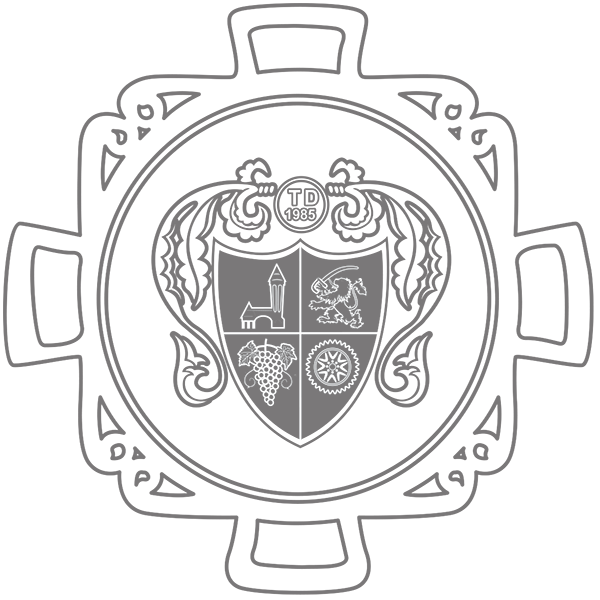
T H E F A C I L I T Y


The facility of the PETRA Winery, single-story on the front and two-story on the back, with its
authentic appearance, resembles the French wineries we see on bottles that precisely use the outlines of the castle and the building that are used for wine branding.
The canopy, covering the entrance, has a particularly interesting design – at night it is illuminated by hundreds of small led lamps and proudly highlights the winery‘s glass window decorated with
art nouveau patterns presenting a wooden oak must barrel, stainless steel wine tanks and other
wine-making equipment. This is where our wine is bottled, each bottle individually, by hand, with a lot of invested attention and love.
On the other side, symmetrically to the main road, is placed a family house, with equal dimensions but a slightly more refined appearance, with a colonnade of columns connecting two rectangles, protruding wings of the private building. The roundabout, with private parking, is paved with the same crushed stone and perfectly highlights this unusual house with the surrounding lawn.
The rigor of a neatly trimmed hedge, following the frontal facade, is broken up by cones of hydrangea flowers (Hydrangea paniculata) overhanging it informally. The roundabout’s center is emphasized by a solitary white fir tree (Abies concolor), around which different hydrangeas (Hydrangea arborescens) are planted. They are closed by a ring of boxwood hedge, in front of which is a flower bed of evergreen perennials, planted in geometric patterns (Stachys byzantina and Ajuga reptans).
The tree is decorated with ornaments and lights during the Christmas holidays and looks magnificent. Ball-shaped hydrangea flowers, then already dried and on a bare branch, resemble a bunch of Christmas decorations on its lower branches. The lawn is surrounded by a dense plantation of evergreen black pine (Pinus nigra) and blue spruce (Picea pungens).
The rigor of a neatly trimmed hedge, following the frontal facade, is broken up by cones of hydrangea flowers (Hydrangea paniculata) overhanging it informally. The roundabout’s center is emphasized by a solitary white fir tree (Abies concolor), around which different hydrangeas (Hydrangea arborescens) are planted. They are closed by a ring of boxwood hedge, in front of which is a flower bed of evergreen perennials, planted in geometric patterns (Stachys byzantina and Ajuga reptans).
The tree is decorated with ornaments and lights during the Christmas holidays and looks magnificent. Ball-shaped hydrangea flowers, then already dried and on a bare branch, resemble a bunch of Christmas decorations on its lower branches. The lawn is surrounded by a dense plantation of evergreen black pine (Pinus nigra) and blue spruce (Picea pungens).


In the center is an extension with benches and a water fountain on a bronze pedestal, which will have a colored red water jet in the final version– a symbol of the biblical creation of wine from water.
High pyramids rise above a ten times lower border. Large balls also made of boxwood planted at the edge of the garden seem as if they will roll down the slope at any moment. Two walls, bigger towards the hill, and the smaller one with the gate towards the lake, have pillars that are illuminated at night and carry wrought iron crown-shaped planters on top.
High pyramids rise above a ten times lower border. Large balls also made of boxwood planted at the edge of the garden seem as if they will roll down the slope at any moment. Two walls, bigger towards the hill, and the smaller one with the gate towards the lake, have pillars that are illuminated at night and carry wrought iron crown-shaped planters on top.
F R E N C H G A R D E N

The French garden dominates the view and this is the best spot to see the central axis – from the row of plane trees at the entrance, to the French garden which symmetrically divides, through Lake Palić, all the way to the city of Subotica and as far as the view reaches the horizon…
Cross paths made of white crushed stone divide the garden into four mutually symmetrical parts and boxwood is the only type of plant used in this garden.
Perfectly formed borders outline an eight-pointed star drawn in a square. Black crushed stone covers all four fields, contrasting the white paths and emphasizing the beauty of boxwood.

“Everything will pass, except the good you have done.”
French proverb
LABYRINTH
The path to the right leads to a maze of evergreens. There are four entrances, one on each side, and as
many levels to the center. The road is lit by lanterns that cast a discreet light at night and indicate the way.
The hidden garden in the center wants to possess the viewer, providing a feeling of security and isolation.
The four levels of evergreen walls are made up of a different type of plant.

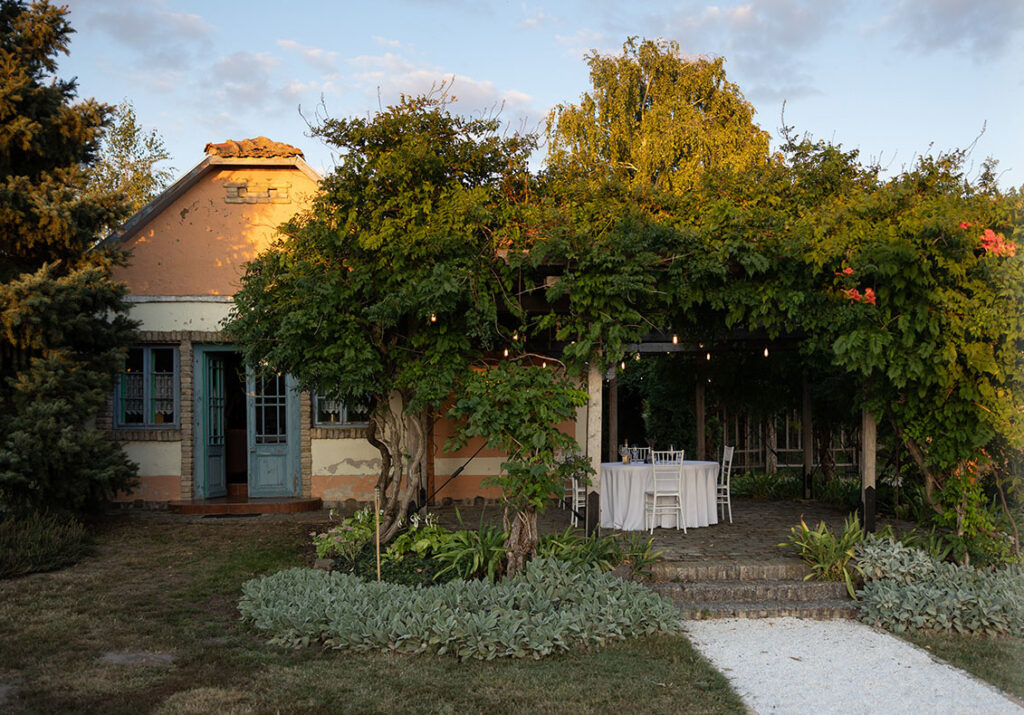
COTTAGE
The cottage in Vojvodina is a traditional type of property with family house ang agricultural objects – the only “native” on the estate, has fully preserved the authentic exterior appearance, while its interior has been adapted for smaller celebrations. Consistently decorated interior, the sound of gramophone and crackling fire in the stove, as well as a long table for up to twenty people give a romantic and nostalgic atmosphere.

O R I E N T A L G A R D E N
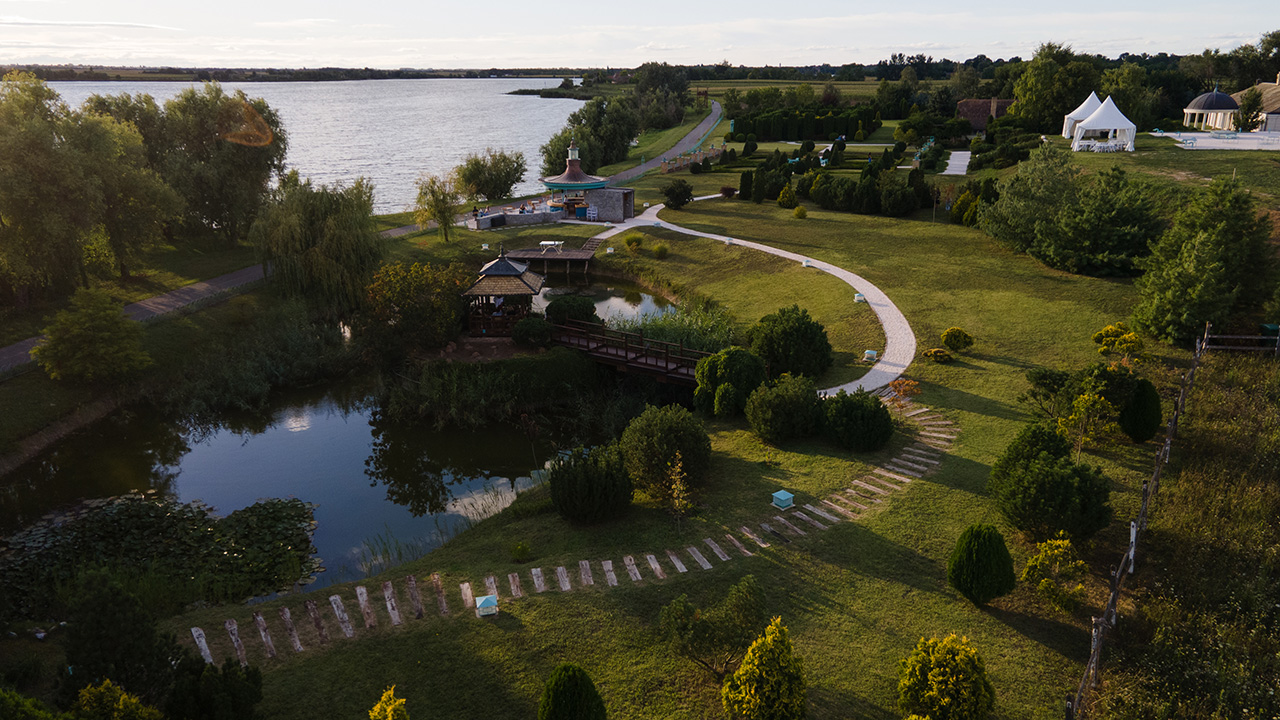
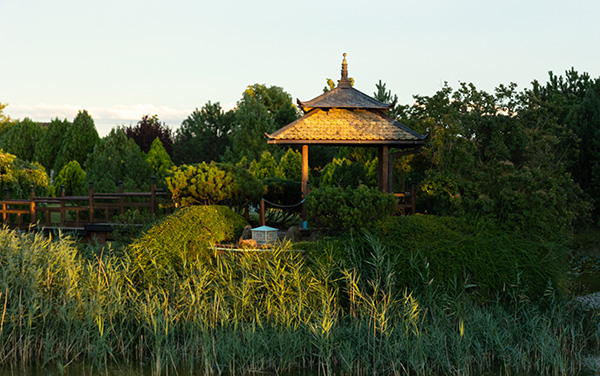
The oriental garden extends behind the PETRA Pavilion, along the latter quarter of the promenade and is in
complete harmony with nature.
The central motif is the lake, with an island with a Chinese-like pagoda in the middle. At the pagoda, bamboo chairs and surrounding scenery remind of a house for drinking tea (in our case wine – a corner for two).
The central motif is the lake, with an island with a Chinese-like pagoda in the middle. At the pagoda, bamboo chairs and surrounding scenery remind of a house for drinking tea (in our case wine – a corner for two).
The lanterns along the path are unmistakably of Eastern design. The types of plants in this garden are mainly from those areas. Himalayan pines (Pinus wallichiana) are the tallest trees and provide the ideal background.
The area is decorated with Japanese maples (Acer palmatum), East Asian cherry (Prunus serrulata), ginkgo (Ginkgo biloba), smoke tree (Cotinus coggygria), Japanese pagoda tree (Sophora japonica), bald cypress (Taxodium distichum), tulip tree (Liriodendron tulipifera). Of the bushes, there are winter jasmine (Jasminum nudiflorum) formed as large rocks, various thujas, formed in “clouds”, summer lilac (Buddleja davidii), burning bush (Euonimus alatus), cherry laurel (Prunus laurocerassus), common holly (Ilex aquifolium), Kousa dogwood (Cornus kousa), mountain pine (Pinus mugo). Reeds and some perennials adorn the pier rising above the lake. There is a table for the pavilion guests to use.
The area is decorated with Japanese maples (Acer palmatum), East Asian cherry (Prunus serrulata), ginkgo (Ginkgo biloba), smoke tree (Cotinus coggygria), Japanese pagoda tree (Sophora japonica), bald cypress (Taxodium distichum), tulip tree (Liriodendron tulipifera). Of the bushes, there are winter jasmine (Jasminum nudiflorum) formed as large rocks, various thujas, formed in “clouds”, summer lilac (Buddleja davidii), burning bush (Euonimus alatus), cherry laurel (Prunus laurocerassus), common holly (Ilex aquifolium), Kousa dogwood (Cornus kousa), mountain pine (Pinus mugo). Reeds and some perennials adorn the pier rising above the lake. There is a table for the pavilion guests to use.

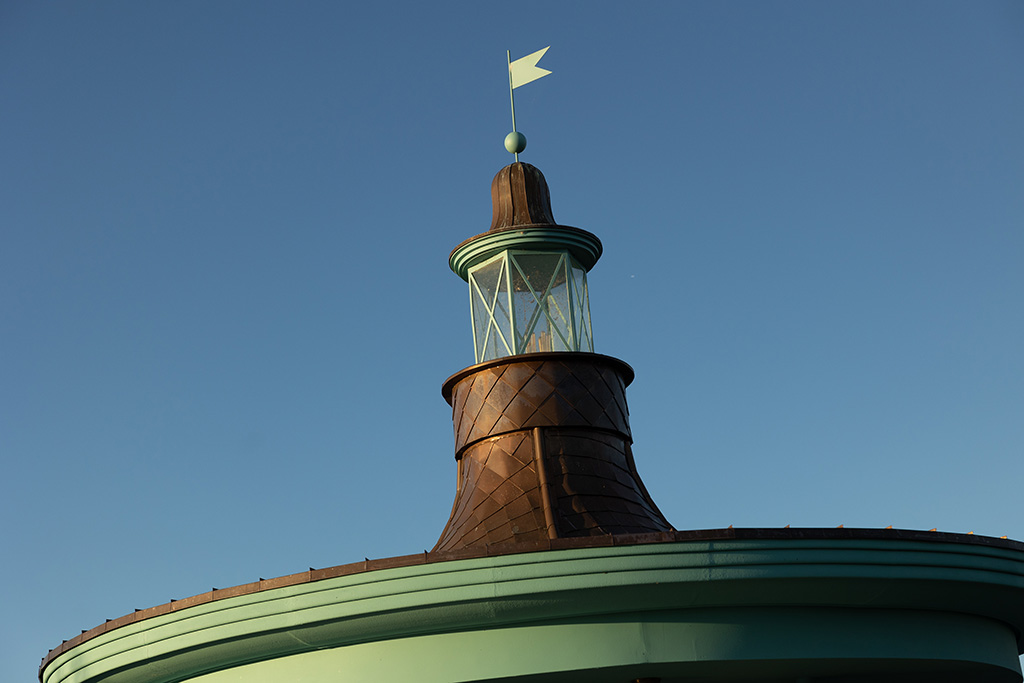
Walking along the path, after the gate leading to the French garden, you come across PETRA Pavilion – an open bar with a terrace located outside of the property, so that people passing by (as many as 1000 to 1500 per day on weekends and in good weather) can sit down, taste wines, local specialties and enjoy fairytale surroundings.
Refined tasting pavilion details contribute to its unusual appearance, and the copper roof and the lighthouse at the top evoke different associations. The architecturally solution and vision – inverted water drops.
P E T R A P A V I L L O N

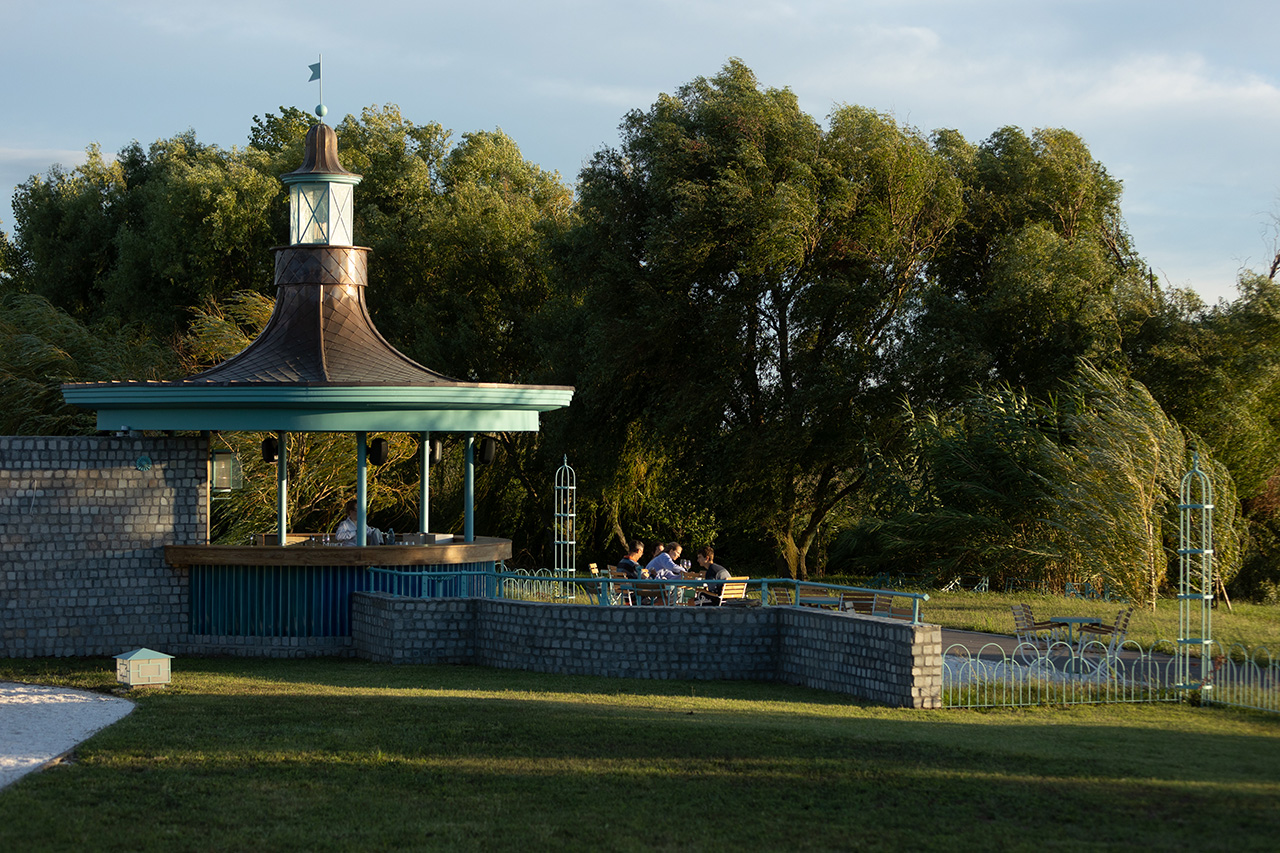
PAVILLON HILL
Another intimate tasting corner is located on the hill on the other side of the lake. Hidden from public view, overgrown in dwarf pines (Pinus mugo) and black pines (Pinus nigra), it often goes unnoticed.
Old marble steps lead up to a small wrought iron pergola with wooden posts. The sound of a babbling brook in the background and privacy make this place one of the most romantic spots in the park.
Nothing is accidental!
Nothing is accidental!

T H E M O S T B E A U T I F U L S U N S E T S
Just like good wine, plants in the park need good soil and water, care, and after all – time!
In the end, every guest realizes that the gate already predicted his fate upon entering. The most beautiful
sunsets, top wines, eclectic surroundings, synergy with nature and hedonism become your world. For
some, for a day, and for those who love it – for a lifetime…


